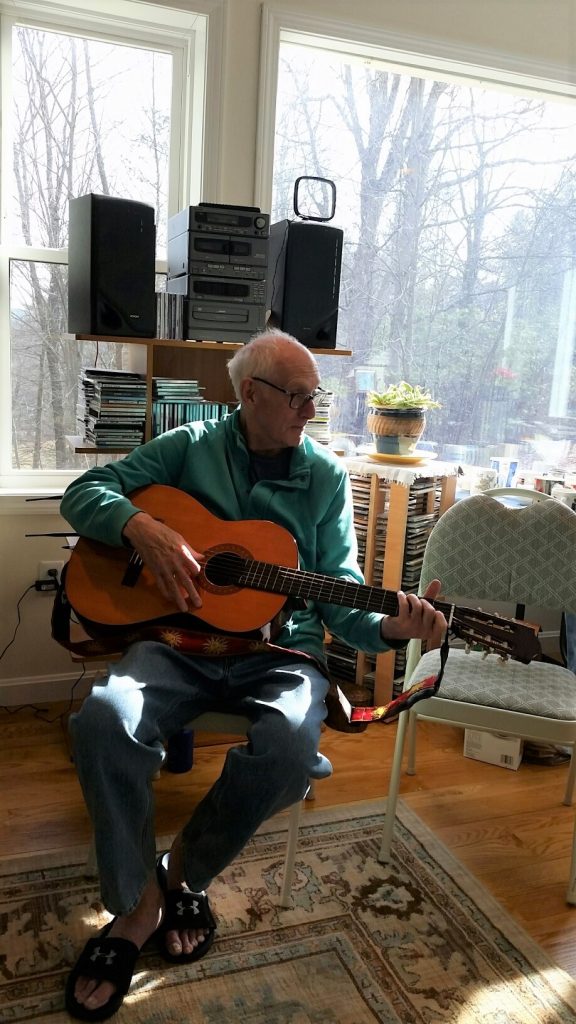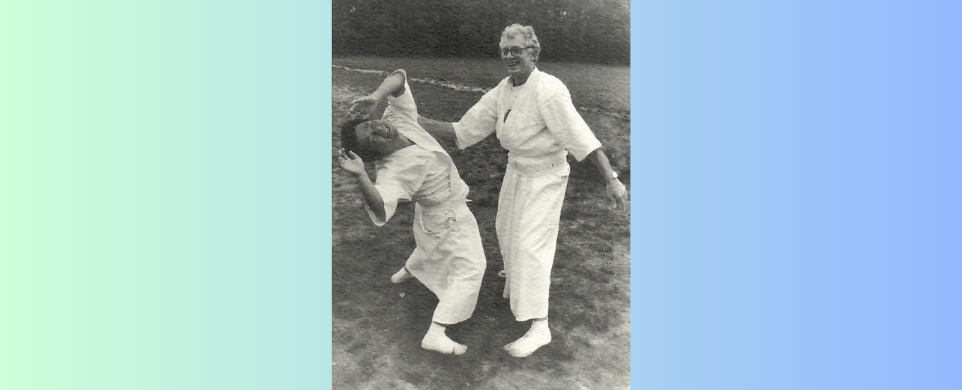by Michael Thompson
As I wind down my 50+ year Shintaido career, I’m starting to look back on all that as happened during that time.
When I had come back to the U.S. after my introduction to Shintaido in France, I started to teach it in Geneva NY, where I had had a spectacularly unsuccessful and short-lived academic career. A couple of years later, Ito wrote me that he was intending to move to San Francisco to start a Shintaido school there, and suggested that we either join forces there or maintain bases on the two coasts. Since I had only been practicing for a few years and needed to deepen my understanding, I decided to move west. There, we created the nonprofit Rakutenkai Shintaido of America along with some Hobart College exiles including Pamela Olton, Bela (formerly Nancy) Breslau, Jim Sterling, Tom Abbott, and Stephen Pizzella.
I’m not going to attempt to recapitulate our story since then, only that, in addition to holding regular and intense morning & evening classes in the Bay Area, we hosted several international events featuring Aoki Sensei and several of the original Rakutenkai members from Japan. There was also a kind of French invasion when a few of Marc Bassis’s students came to study with Ito.
My West Coast experience, interrupted by a 2-year stay in Japan, ended in 1982 when I moved back East to Cambridge MA where I started a new chapter in my Shintaido career, thereby taking up the first option Ito had suggested eight years previously.
Since then, obviously, a lot has happened and times have changed. I have more or less retired from active participation in Shintaido events, outside of the occasional keiko with New England members. And, I will also be retiring from the SoA board by year’s end. In a way, I have always thought of myself as an observer as well as a participant in the Shintaido movement, so it’s not all that difficult to leave the organization behind while remaining interested in its evolution.

That’s not all that surprising given that I earned a Ph.D. in French literature, but had no problem abandoning that path to take up a weird body movement in France. Now, I move on to the final chapter which will include my Hitorigeiko consisting of Kenkotaiso, parts of Taimyo, and Minagawa’s deeply researched Diamond 8 program which is a way for me to keep Eiko in my practice.
Finally, on the occasion of “Dokan 24” in the U.K., Ula Chambers wrote in the welcoming brochure: “Dokan: the Circle, represents continuous and everlasting practice. It exists in both past and present while looking forward into the future. At its heart is peace and emptiness. Anybody may join or leave the Circle at any point. Dokan celebrates the journey of the individual and combines it with that of the whole group. It has neither beginning nor end.”
Another image for this event was a design by Charles Burns based on an ammonite fossil found by Nagako Cooper. It represented continuous growth and change as seen in the form of a spiral. It turns out that the spiral movement is one of Shintaido’s “hidden” forms. So there’s still more to study “jusqu’à la fin de l’histoire” (until the story comes to an end).



